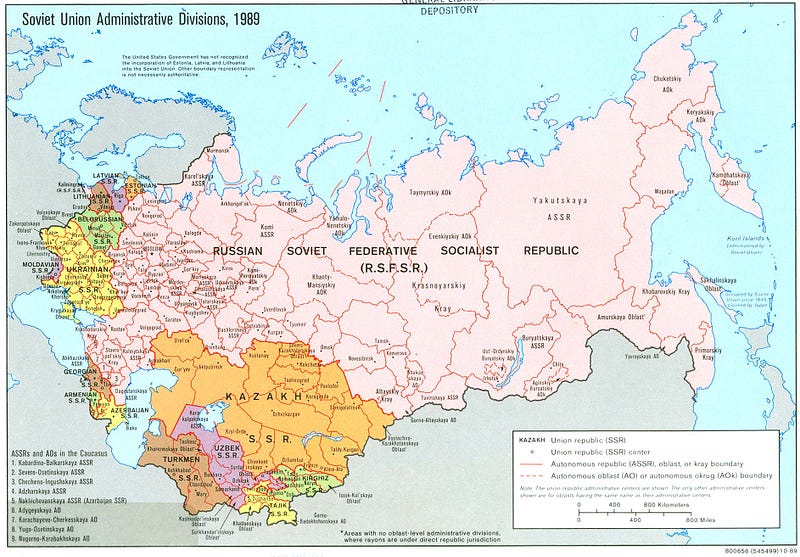
Frank Sciacca, Associate Professor of Russian Studies at Hamilton College, recently donated around 300 items of Soviet-era propaganda to the College from his personal collection. After traveling to the Soviet Union in 1970 during his collegiate years, and again returning in 1976 as a graduate student at Moscow State University, Sciacca began collecting memorabilia. After almost 20 trips to the Soviet Union, his collection grew to include hundreds of posters, along with toys, banners, pins, and other small tokens. With the posters costing only a few cents at the time of his visits, he continued to collect them, noting their value as a visual history of Soviet advertisements. The majority are from the 1980s, during former Soviet President Mikhail Gorbachev’s “glasnost” period, when artwork peaked in terms of visual appeal and persuasion. The collection also visualizes the Cold War period influenced by the General Secretary of the Communist Party of the Soviet Union, Leonid Brezhnev. Many of the pieces boast of Soviet scientific and economic achievements, in addition to showing commemorations of Marx, Engels, and Lenin. Much of Sciacca’s collection is also comprised of znachki souvenir pins, which show political symbols, cities, and celebrated events. Parts of his collection have been on display at the Emerson Gallery in 1995. He continued to travel to Russia throughout his tenure at Hamilton, taking bi-annual trips with Associate Professor of Russian Studies John Bartle and several students.
Konstantin Tokarr ’19 became involved with Sciacca’s collection as Head Teaching Assistant of the Russian Studies Department and helped with translating the collection. A native Russian speaker whose parents grew up in the Soviet Union, he was able to translate much of the collection. His father, a translator, helped as well.
“I involved [my parents] in the project to assist with terms that I was not familiar with such as nuanced political terminology and historical military vocabulary,” said Tokarr. His involvement with the collection also allowed him to learn more about his parents’ lives, as they openly discussed their experiences during the translation process.
Sciacca’s collection has allowed for the public, along with those who have experienced Soviet-era Russia to learn more about the history through highly creative and captivating posters.
“Whether you can read Russian or not, the posters are to be appreciated for their craftsmanship and ingenuity,” said Tokarr. “The posters answer questions such as, ‘What social issues were corrupting the nation?’, ‘What was the state of international relations at the time?’, and ‘How is the nation changing in terms of political and economic policy?’”
By making such a complete collection more available, Sciacca hopes to help engage the Hamilton community with Russia and its history. The collection will provide a new way for community members to understand and interact with the Soviet Union’s past.

















